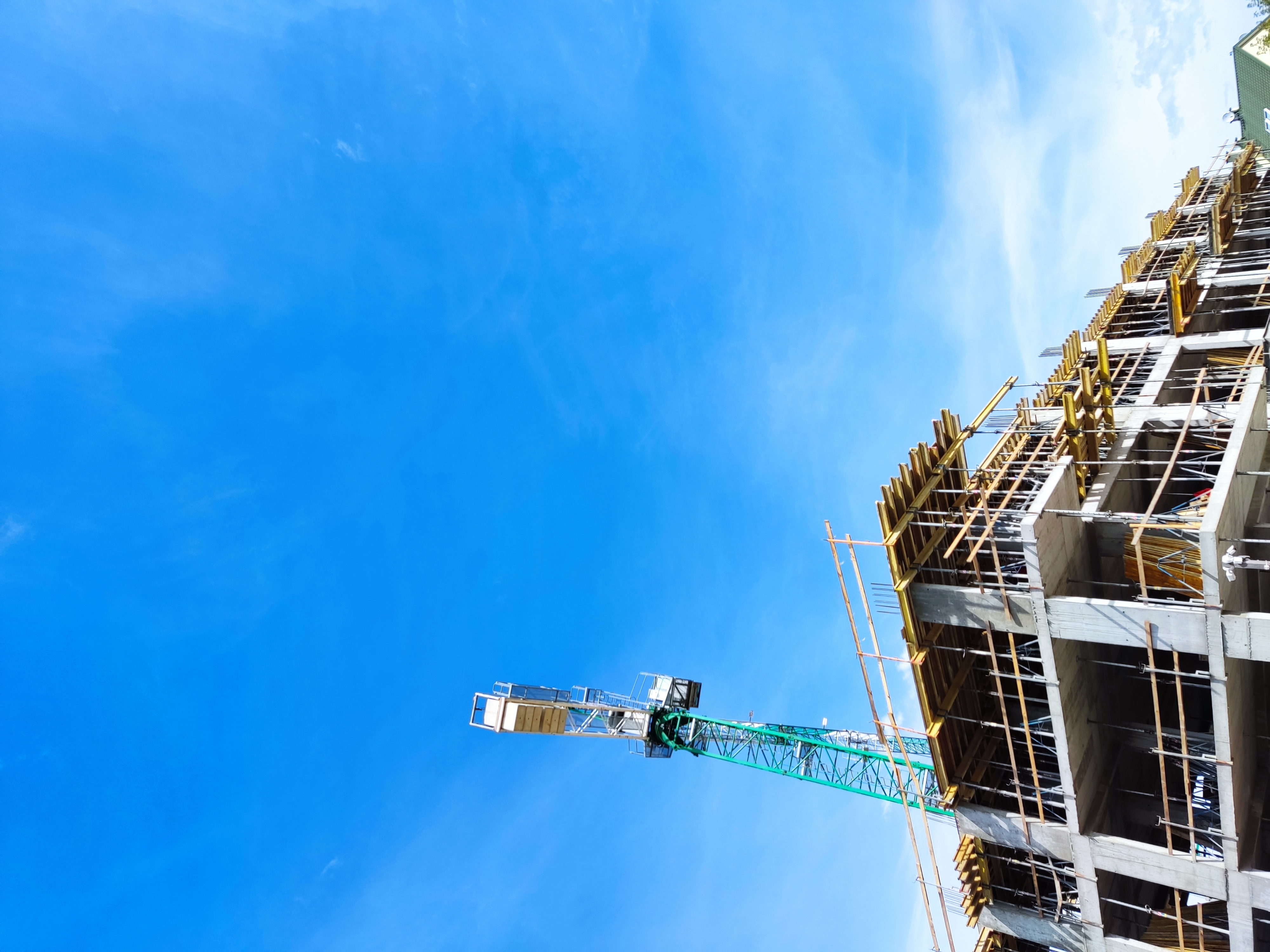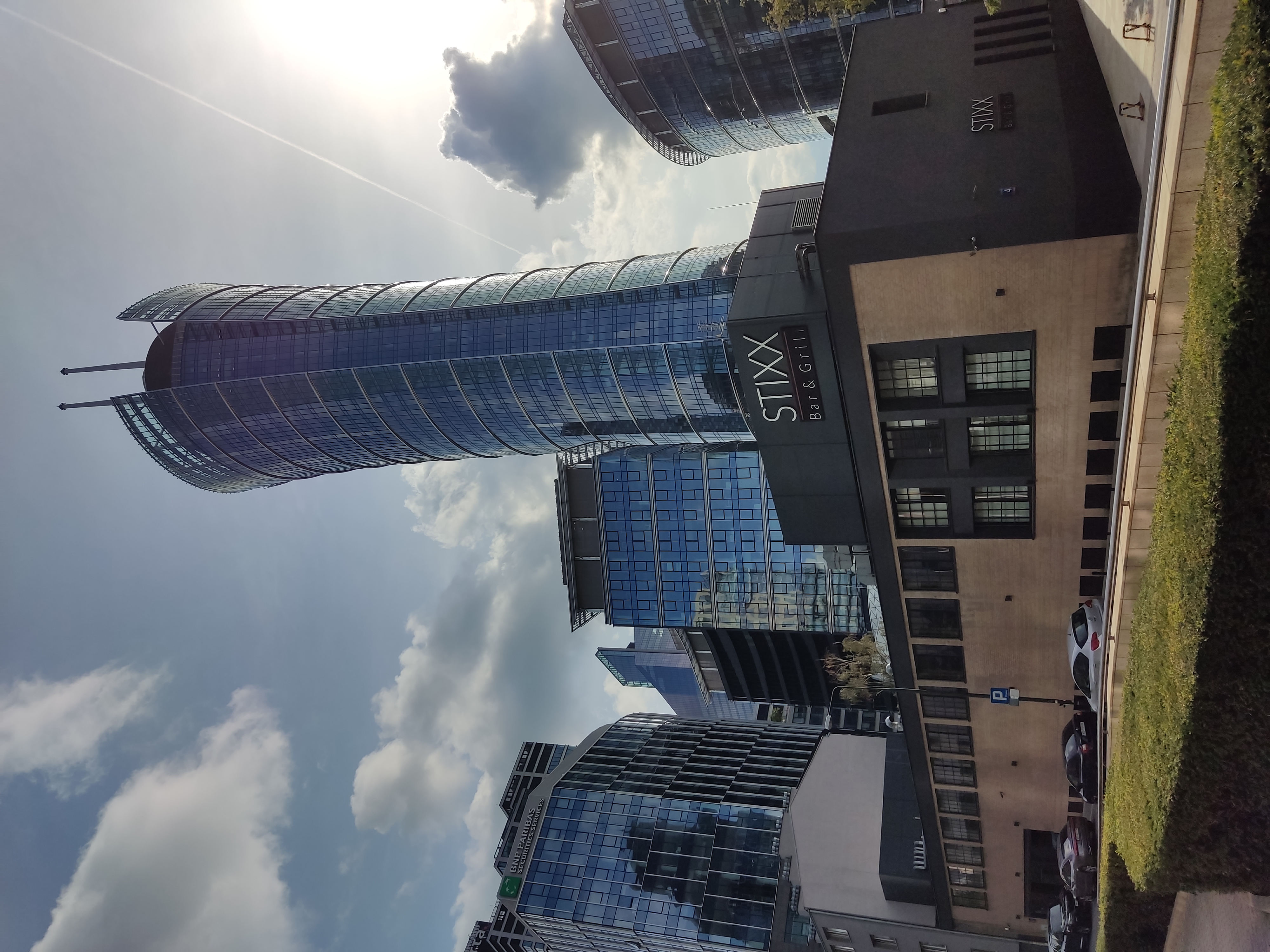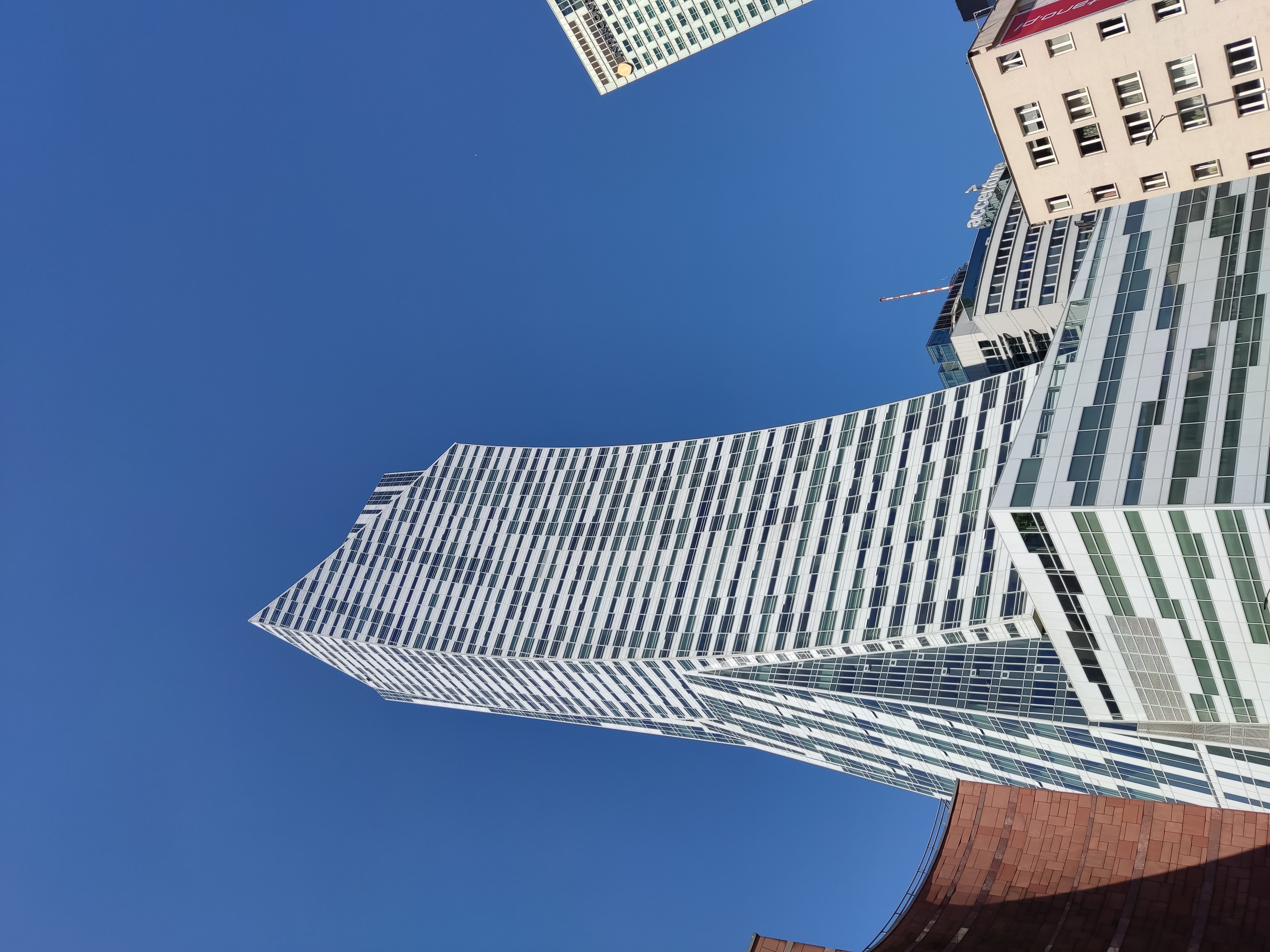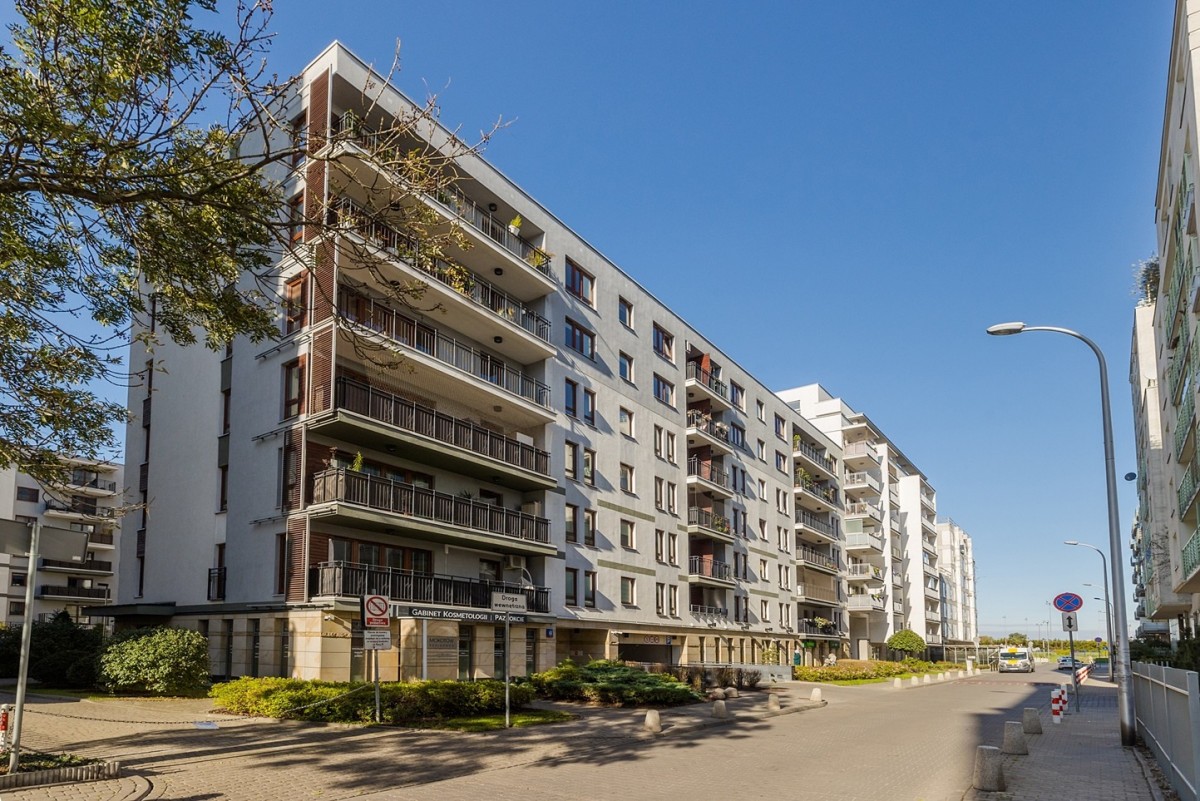Housing construction in Warsaw in 2010 - 2021

Housing construction in Warsaw in 2010 - 2021
Housing construction in Warsaw has developed rapidly in recent years. Many modern residential complexes and multi-storey buildings have been built, among which residential skyscrapers stand out (we have already talked about them: https://okeask.com/en/category/poleznaya-informaciya/1690972056-residential-skyscrapers-in-warsaw).
This is confirmed by the fact that 1,696 residential buildings were built in the city in 2021 (as of the last official date), which is 558 buildings or one and a half times more than in 2010 (Table 1). Residential buildings were mainly built by private investors and developers for sale or rental. Communal and cooperative residential construction began to fade. At the same time, private investors also commissioned less housing in 2021 than in 2010. Against this background, developers look very prosperous, increasing construction and housing commissioning year after year. In 2021, they built two-thirds of all housing in Warsaw, and compared to 2010, the growth rate exceeded 2.5 times.
Table 1. Completed new residential buildings* (units)
|
|
2010 |
2015 |
2020 |
2021 |
2021 to 2010,+/- |
2021 to 2010,% |
|
Total |
1138 |
1110 |
1300 |
1696 |
558 |
149,0 |
|
Private investors |
662 |
481 |
487 |
567 |
-95 |
85,6 |
|
Intended for sale or rental (developers) |
444 |
619 |
803 |
1128 |
684 |
254,0 |
|
Cooperative |
29 |
6 |
2 |
- |
-29 |
|
|
Utilities (gmina) |
3 |
2 |
6 |
1 |
-2 |
|
|
Social Construction Societies |
- |
1 |
2 |
- |
|
|
|
Companies |
- |
1 |
- |
- |
|
|
* Excluding dachas and country houses, as well as country residences not suitable for permanent residence, and collective residential buildings
Now it’s time to look in more detail at the housing commissioned in Warsaw by construction form (Table 2).
Let us immediately make a reservation that the decrease in the number of completed housing in Warsaw in 2021 relative to 2020 is explained by the decline in the market after the covid pandemic.
Starting the analysis of apartments commissioned in Warsaw by type of construction for the period since 2010, we note that the growth in 2021 was 148.7%, that is, almost one and a half times. Private investors and almost all small players in the housing market have reduced their activity (communes) or left it completely (namely, cooperatives, social construction societies, companies). But developers, on the contrary, increased the pace of housing construction (165.4% compared to 2010).
As for the commissioning of real estate in 2021, the lion's share was taken by developers who built housing for sale or rent. They succeeded in this, introducing 17,730 apartments (95.7% of the market) and 48,743 rooms (92.5% of the market) in 2021.
Table 2. Commissioning of housing in Warsaw by form of construction (apartments and rooms, units)
|
|
2010 |
2015 |
2020 |
2021 |
Share in 2021,% |
2021 to 2010, % |
|
Apartments |
12462 |
13306 |
23543 |
18528 |
100,0 |
148,7 |
|
Private* |
768 |
589 |
552 |
642 |
3,5 |
83,6 |
|
Intended for sale or rental** |
10717 |
12136 |
22636 |
17730 |
95,7 |
165,4 |
|
Cooperative |
831 |
401 |
40 |
- |
|
|
|
Utilities (gmina) |
146 |
120 |
100 |
156 |
0,8 |
106,8 |
|
Social Construction Societies |
- |
45 |
215 |
- |
|
|
|
Companies |
- |
15 |
- |
- |
|
|
|
Rooms |
36800 |
37293 |
62283 |
52702 |
100,0 |
143,2 |
|
Private* |
4456 |
3327 |
3142 |
3685 |
7,0 |
82,7 |
|
Intended for sale or rental** |
29723 |
32592 |
58421 |
48743 |
92,5 |
164,0 |
|
Cooperative |
2366 |
1056 |
111 |
- |
|
|
|
Utilities (gmina) |
255 |
209 |
186 |
274 |
0,5 |
107,4 |
|
Social Construction Societies |
- |
80 |
423 |
- |
|
|
|
Companies |
- |
29 |
- |
- |
|
|
* Intended for the investor's own use
** Including buildings of individuals intended for sale or rental
An interesting picture is the average number of rooms in apartments commissioned in Warsaw by investors (Table 3). As can be seen from Table 3, the most “multi-room” are the residential premises of private investors intended for themselves (5.7 rooms in 2021). Yes, this is understandable. In apartments rented out by developers and intended for sale or rent, the number of rooms is much smaller (2 times) and is only 2.7.
The average number of rooms in rental housing is 2.8 rooms. From this it follows that 3-room apartments enjoy the greatest success on the market.
In recent years, there has been a tendency to reduce the number of rooms in rented apartments. This can be seen both in the general indicator - 2.95 in 2010 and 2.8 in 2021, and in individual components. Over the past 12 years from 2010 to 2021, the relative indicator of the number of rooms was 98.3% for private investors, and 96.4% for developers.
Obviously, this trend will continue to develop in the Warsaw real estate market.
Table 3. Average number of rooms in apartments commissioned in Warsaw by investors
|
|
2010 |
2015 |
2020 |
2021 |
2021 to 2010, % |
|
Rooms in apartments |
2,95 |
2,8 |
2,65 |
2,8 |
94,9 |
|
Private investors |
5,8 |
5,65 |
5,7 |
5,7 |
98,3 |
|
Intended for sale or rental |
2,8 |
2,7 |
2,6 |
2,7 |
96,4 |
|
Cooperative |
2,85 |
2,6 |
2,8 |
- |
- |
|
Utilities (gmina) |
1,75 |
1,75 |
1,86 |
1,75 |
100,0 |
|
Social construction societies |
- |
1,8 |
1,97 |
- |
- |
|
Companies |
- |
1,9 |
- |
- |
- |
The usable area of apartments delivered in Warsaw in 2021 compared to 2010 increased by 30.5% and amounted to 1199.8 m2 (Table 4). At the same time, private investors introduced 20.2 thousand m2 (14%) less housing. But the developers did not miss their goal and increased the pace of housing delivery by almost one and a half times by 2010. As we have already noted, almost all small customers (cooperatives, social construction societies, companies) did not conduct housing construction or significantly reduced it (communes).
Now about the average usable area of one apartment. In the city as a whole, the average area of one apartment was 64.8 m2. This is less than in 2010 by 9 m2 or 12.2%.
The average usable area of one apartment being built by developers is also decreasing (by 6.6 m2 or 9.9%). In fact, they are the ones who determine this trend. Private investors have introduced housing of about 200 m2 and continue to not deviate from this level. But in general terms they don’t make any special weather.
Thus, in Warsaw there is a steady downward trend in the average area of apartments under construction.
Table 4. Commissioning of housing in Warsaw by form of construction (useful area of apartments, thousand m2)
|
|
2010 |
2015 |
2020 |
2021 |
Share in 2021,% |
2021 to 2010, % |
|
Usable area of apartments, thousand m2 |
919,1 |
852,3 |
1395,7 |
1199,8 |
100,0 |
130,5 |
|
Private investors* |
145,1 |
109,9 |
109,9 |
124,8 |
10,4 |
86,0 |
|
Intended for sale or lease (developers)** |
717,2 |
710,9 |
1267,2 |
1069,0 |
89,1 |
149,1 |
|
Cooperative |
52,3 |
23,9 |
2,4 |
- |
- |
|
|
Utilities (gmina) |
4,6 |
5,0 |
4,5 |
6,0 |
0,5 |
10,9 |
|
Social Construction Societies |
- |
2,0 |
8,9 |
- |
- |
|
|
Companies |
- |
0,6 |
- |
- |
- |
|
|
Average usable area of one apartment, m2 |
73,8 |
64,1 |
59,3 |
64,8 |
|
87,8 |
|
Private investors* |
189,0 |
186,6 |
204,2 |
194,4 |
|
102,9 |
|
Intended for sale or lease (developers)** |
66,9 |
58,6 |
56,0 |
60,3 |
|
90,1 |
|
Cooperative |
62,9 |
59,6 |
58,8 |
- |
|
|
|
Utilities (gmina) |
31,3 |
41,7 |
44,5 |
38,5 |
|
123,0 |
|
Social Construction Societies |
- |
43,5 |
41,5 |
- |
|
|
|
Companies |
- |
40,2 |
- |
- |
|
|
* Intended for the investor's own use
** Including buildings of individuals intended for sale or rental
Blog

On the work of developers listed on the Warsaw Stock Exchange in 2023
On the work of developers listed on the Warsaw Stock Exchange in 2023

Warsaw's residential skyscrapers
We will tell you about Warsaw's residential skyscrapers and high-rise buildings - from the tallest residential building (192 meters) in Poland and the European Union - Złota 44, to the usual 60-meter

Housing construction in Warsaw and city districts in the third quarter of 2023
Housing construction in Warsaw and city districts in the third quarter of 2023





